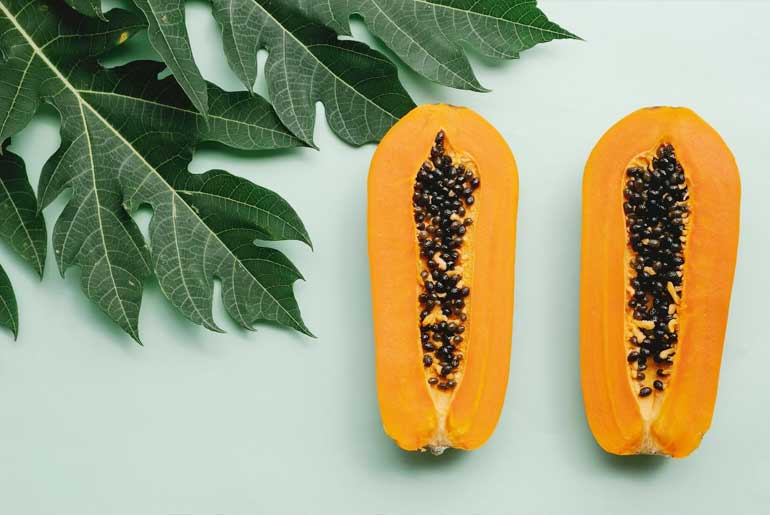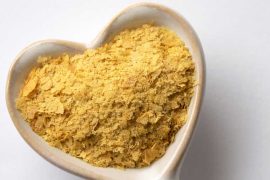Papaya, a smooth-skinned tropical fruit, is a delightful addition to fall produce, often overshadowed by pumpkins. Here are some key details about papaya and its culinary and nutritional attributes:
Origins and Global Growth:
Papaya is originally from Central America and southern Mexico but is now cultivated in several tropical and subtropical countries, including Brazil, the Philippines, Malaysia, Hawaii, and Florida in the United States. Harvests can peak in early summer or in the fall.
Sweet and Nutrient-Rich:
Papaya is known for its sweet, almost buttery or milky interior. In some parts of Latin America, it goes by names like “lechosa” or “lechoza.” The flesh of papaya can be yellow, orange, or pinkish, and its flavor may have a slightly musky undertone, depending on the variety.
Nutritional Benefits:
Papaya is a nutritional powerhouse, containing essential vitamins such as A, C, and E. It’s also rich in antioxidants like lycopene, which can help reduce the risk of heart disease and stroke. Additionally, papaya is a good source of fiber, which research suggests may help lower cholesterol.
Potassium-Rich:
Papaya is high in potassium, making it beneficial for people with high blood pressure. The potassium content can contribute to better blood pressure control.
Gentle on the Digestive System:
Papaya’s nutritional content can aid in digestion while being gentle on the stomach. It’s considered a soothing fruit for digestive health.
Ripeness and Folk Medicine:
A papaya from the Carica papaya plant is ripe when its dark green exterior turns yellow orange. Unripe papaya has been used in traditional medicine for wound healing, and research indicates that the edible black seeds found in the center of papaya have been used to eliminate intestinal parasites.
Latex Allergy Warning:
It’s essential to be cautious when consuming unripe papaya if you have a latex allergy, as the papaya latex inside the fruit contains papain, an enzyme that can break down proteins, carbohydrates, and fats. This can potentially cause allergic reactions in some individuals.
Culinary Uses:
Papaya’s flavor can be somewhat strong in some varieties, but adding a splash of lemon or lime can help balance it. Papaya can be used to make marinades for meat by mixing it with soy sauce, lime, and pepper, which can tenderize the meat and enhance its flavor.
Great for Smoothies:
Papaya’s texture makes it an excellent ingredient for smoothies, adding a banana-like thickness. Combining papaya with other tropical fruits like bananas, pineapples, and mangoes creates a delightful and refreshing beverage.
Frozen Delight:
You can cut papaya into cubes and freeze it for later use in smoothies. Simply take the frozen papaya, blend it with other fruits, and create a cool and enjoyable beverage.
Papaya is not only nutritious but also versatile in the kitchen, making it a delightful addition to your culinary repertoire, whether consumed fresh or in smoothies and dishes.
Disclaimer:
The information contained in this article is for educational and informational purposes only and is not intended as a health advice. We would ask you to consult a qualified professional or medical expert to gain additional knowledge before you choose to consume any product or perform any exercise.








